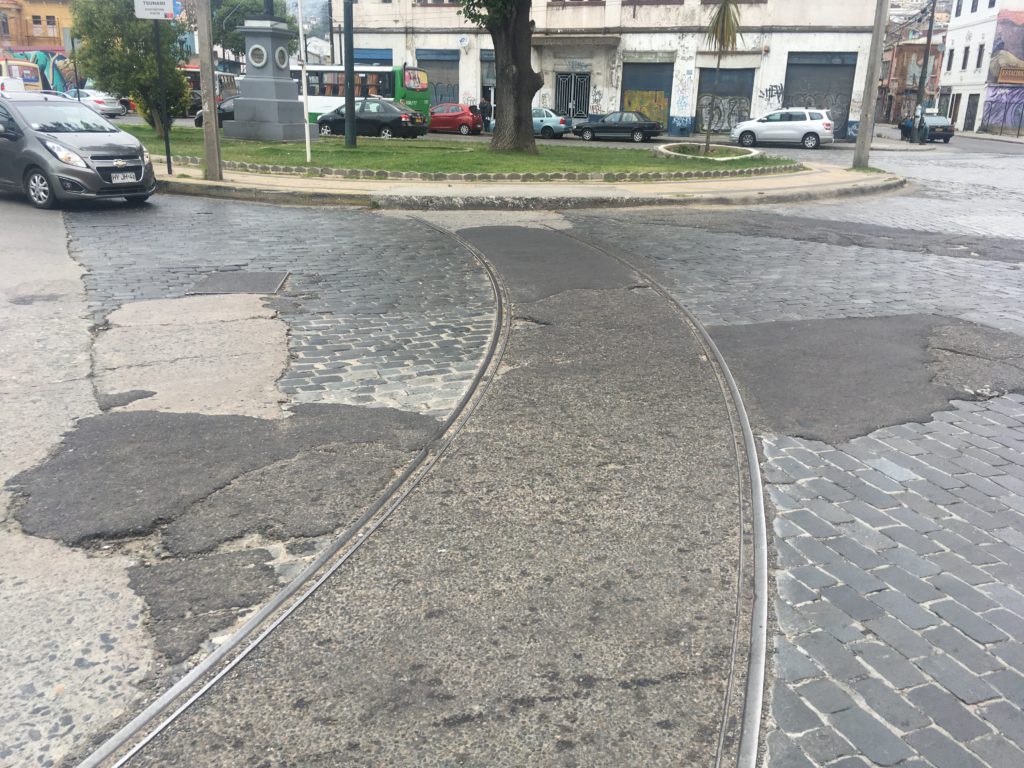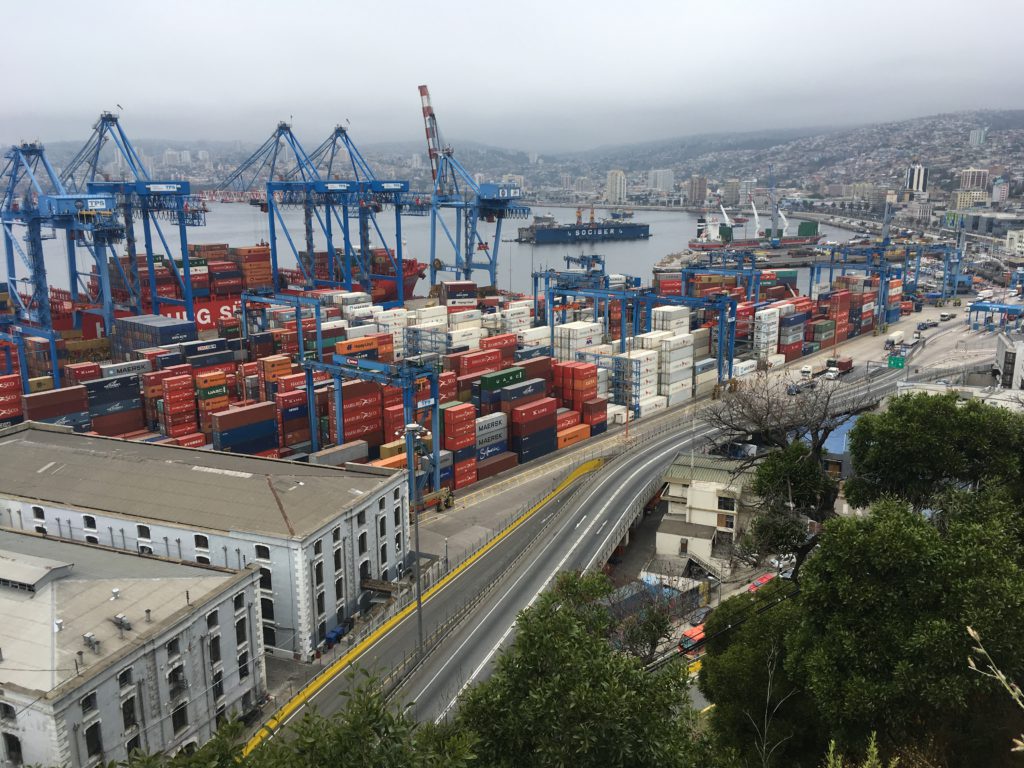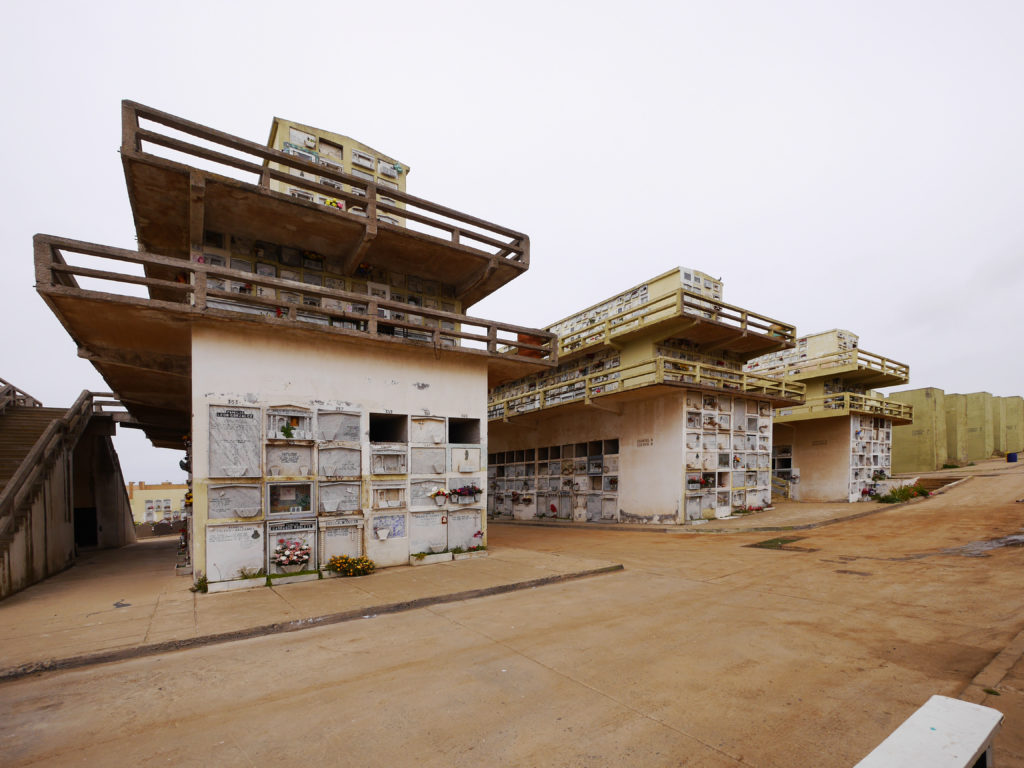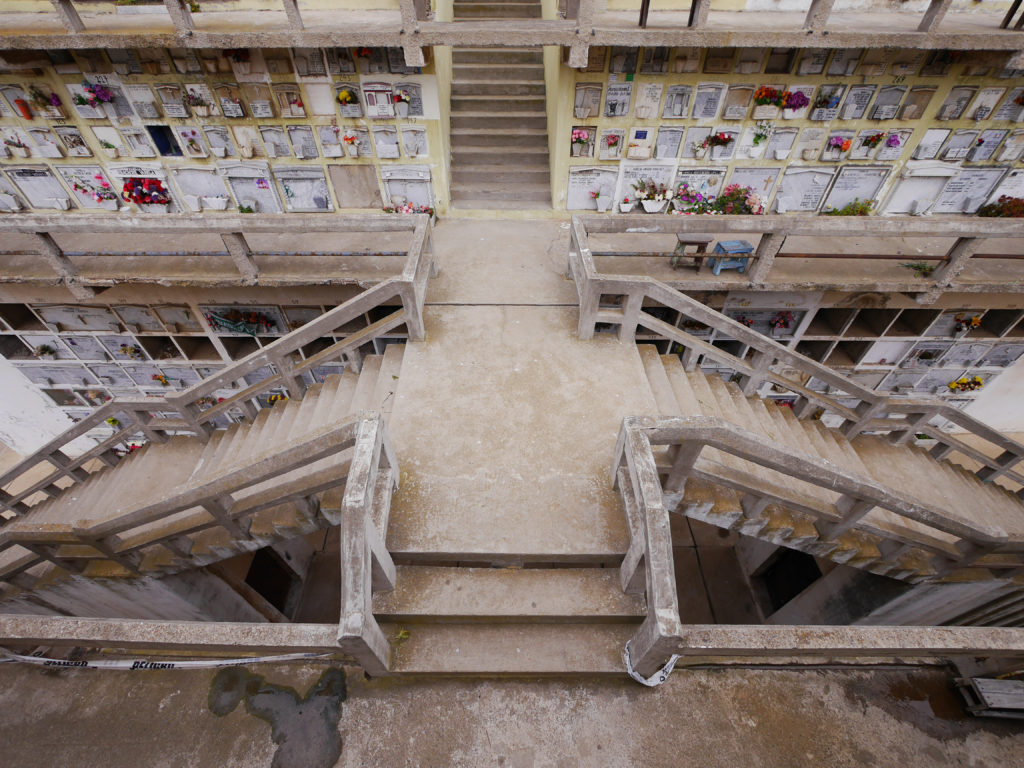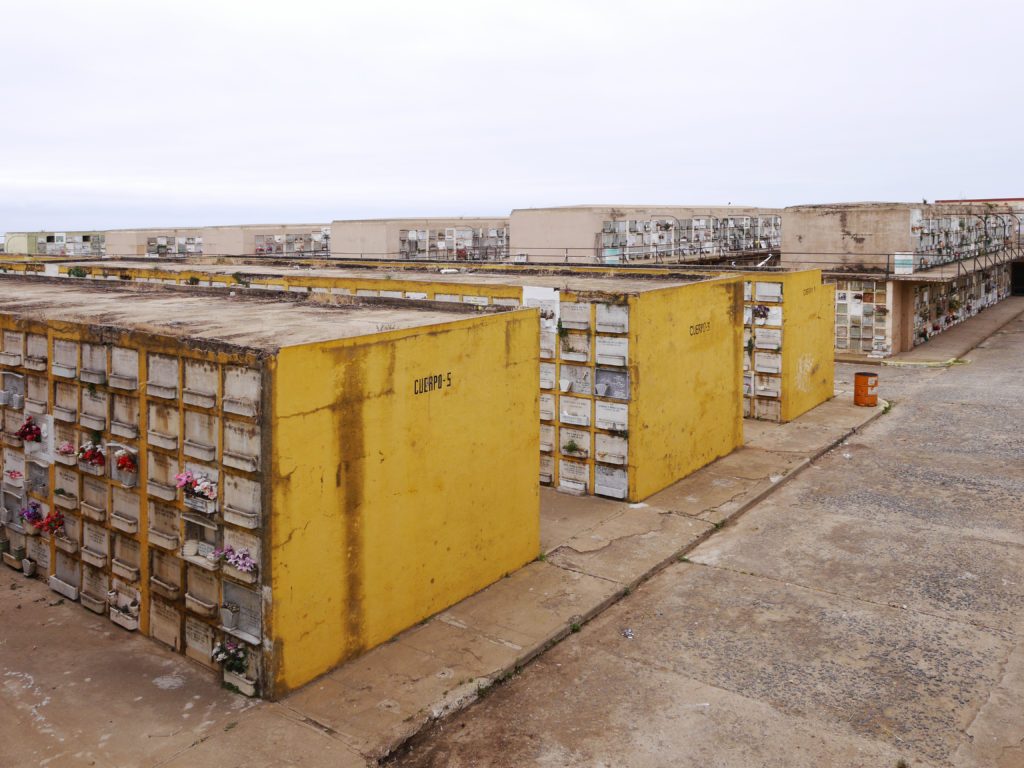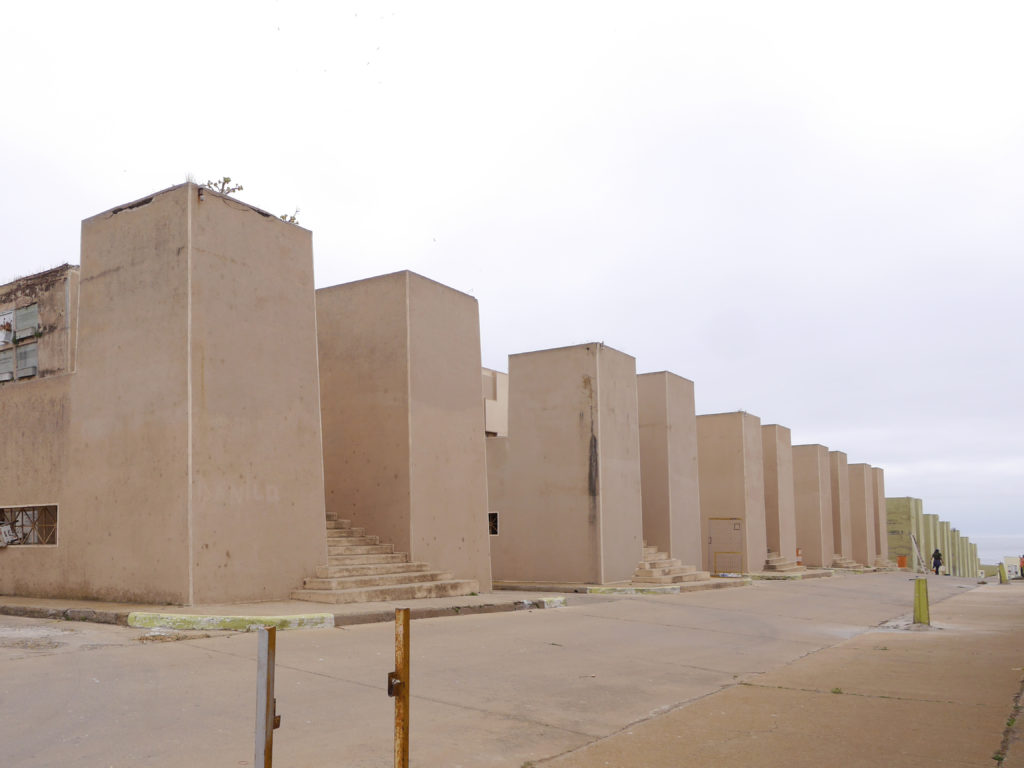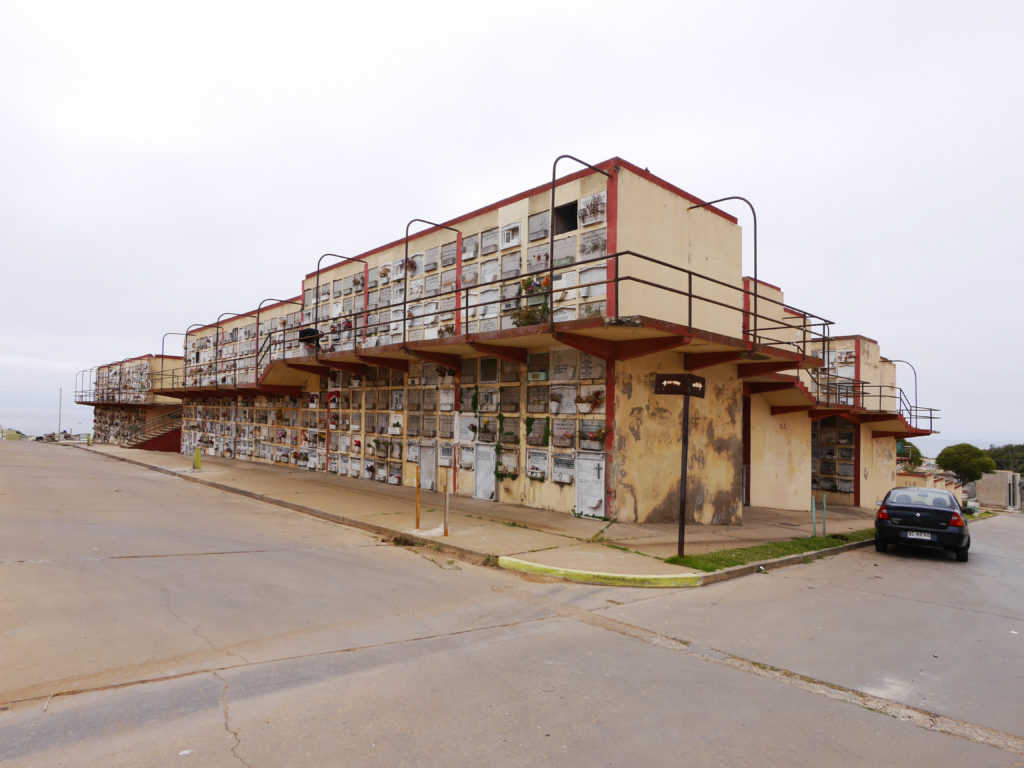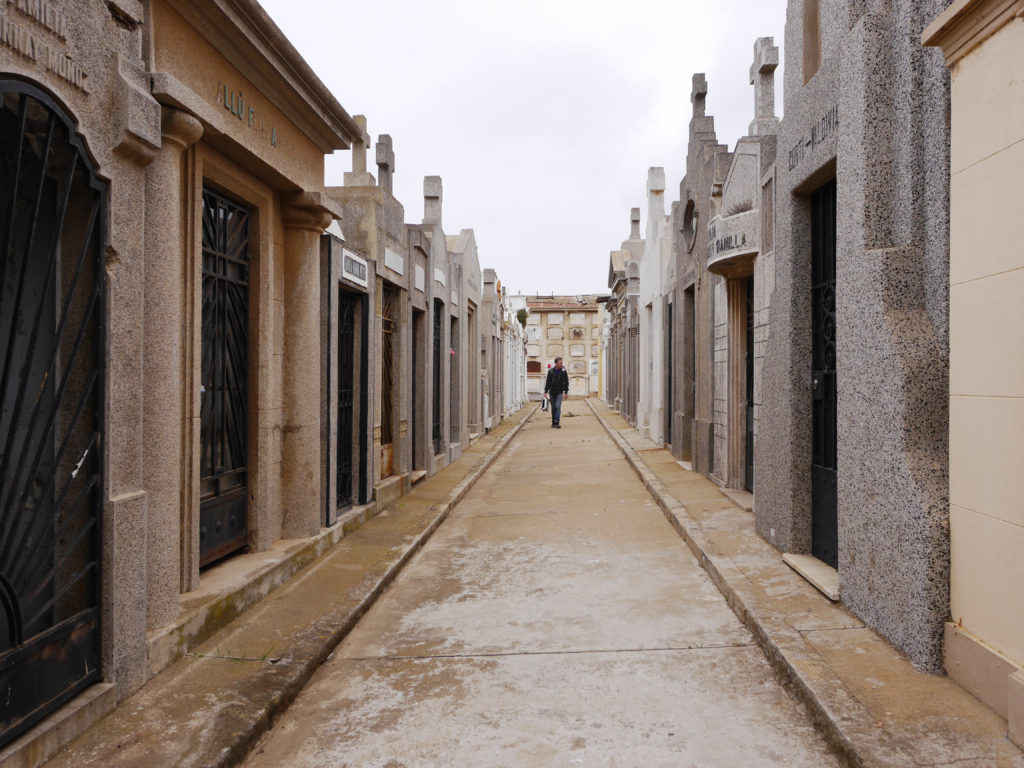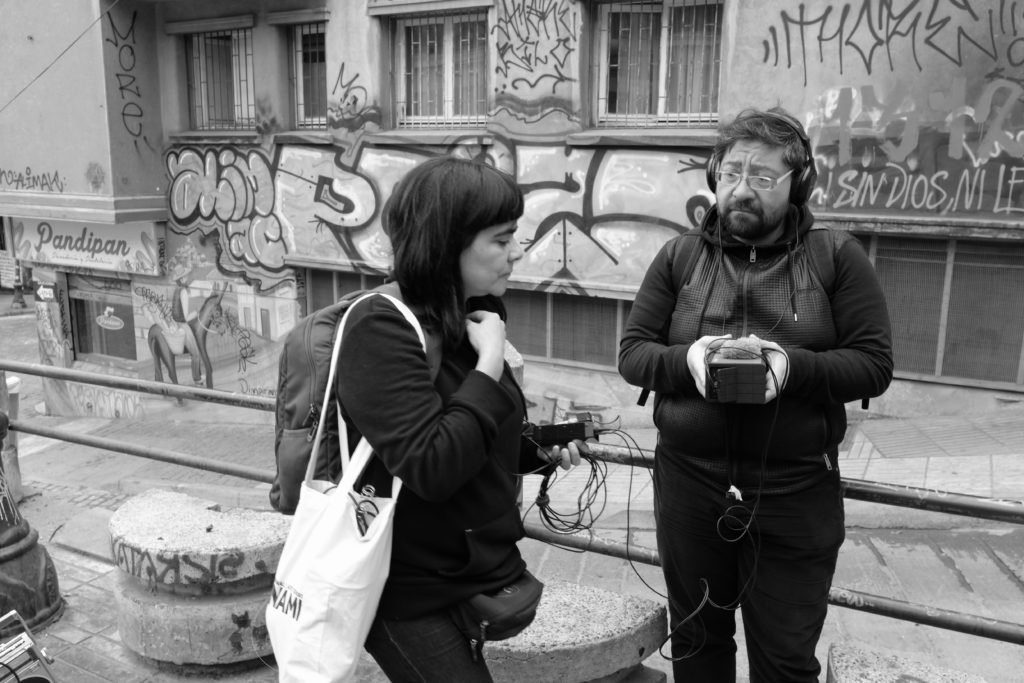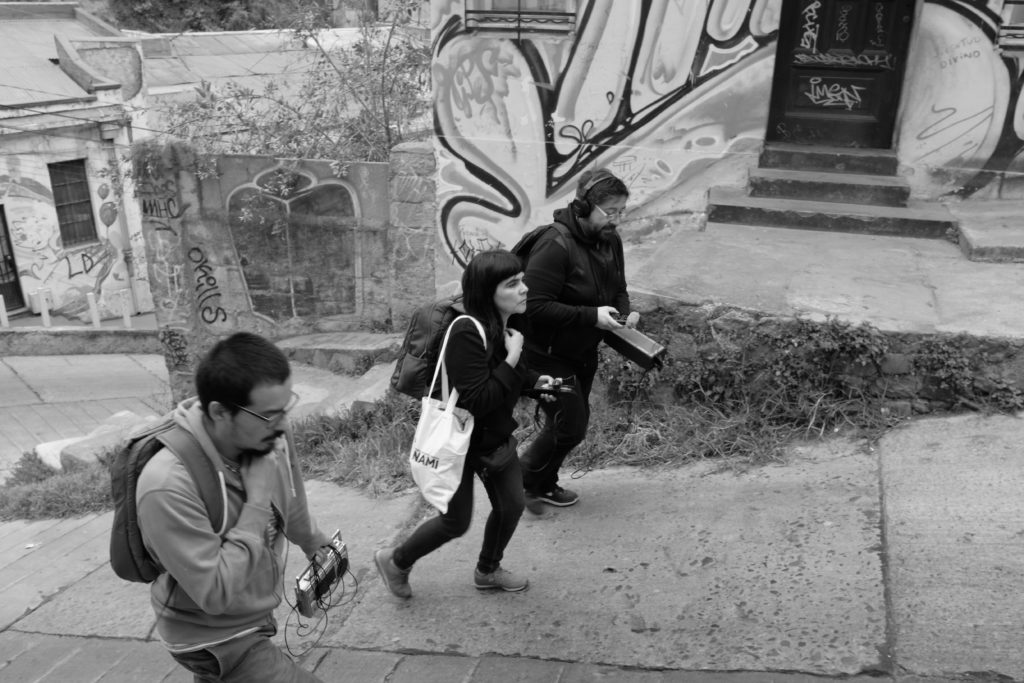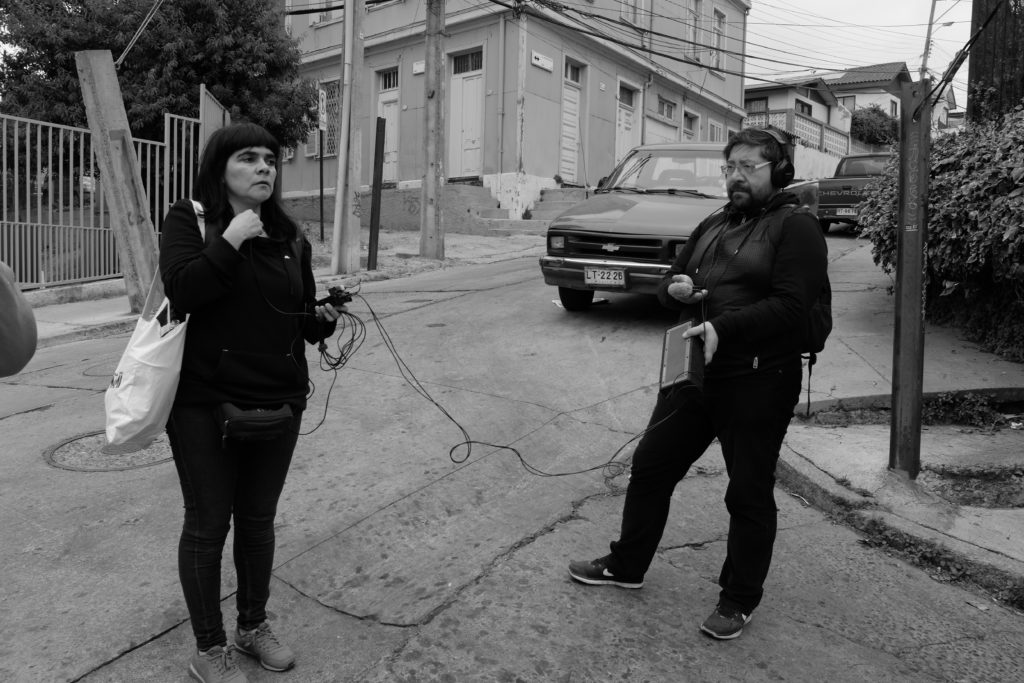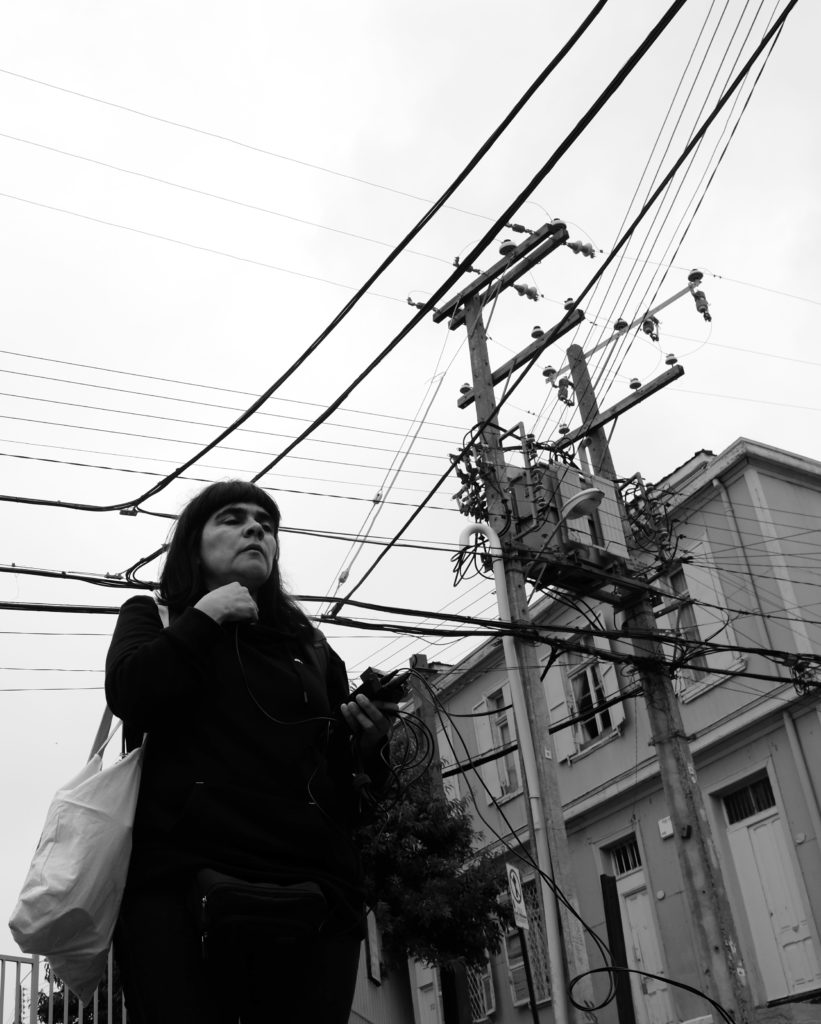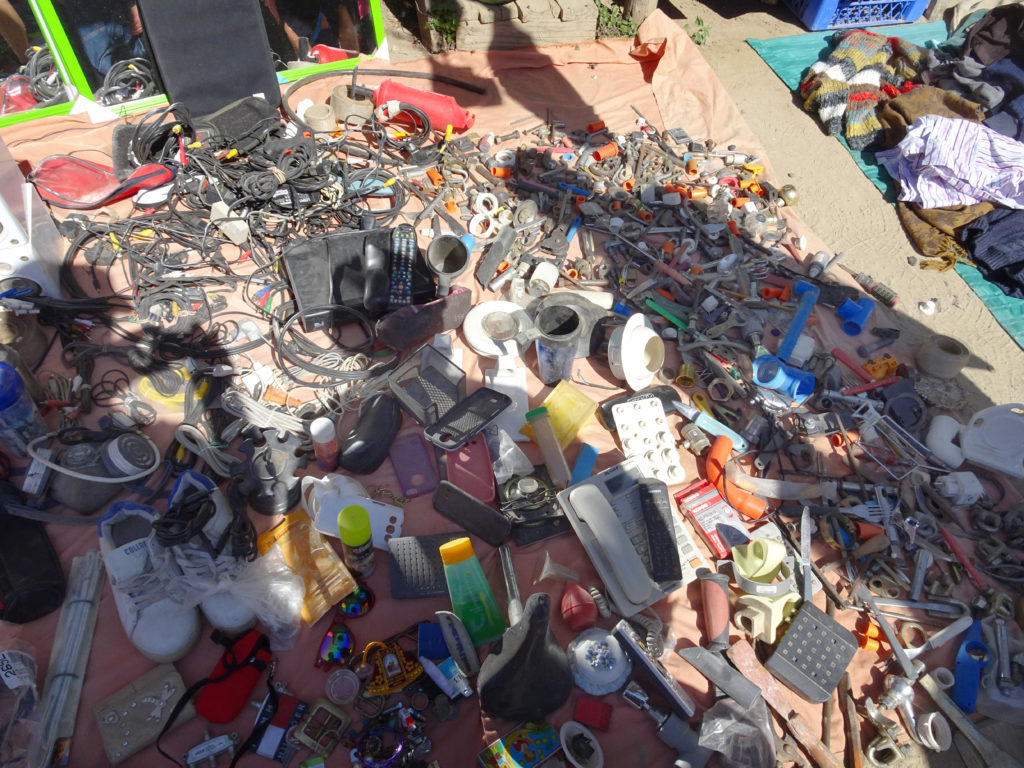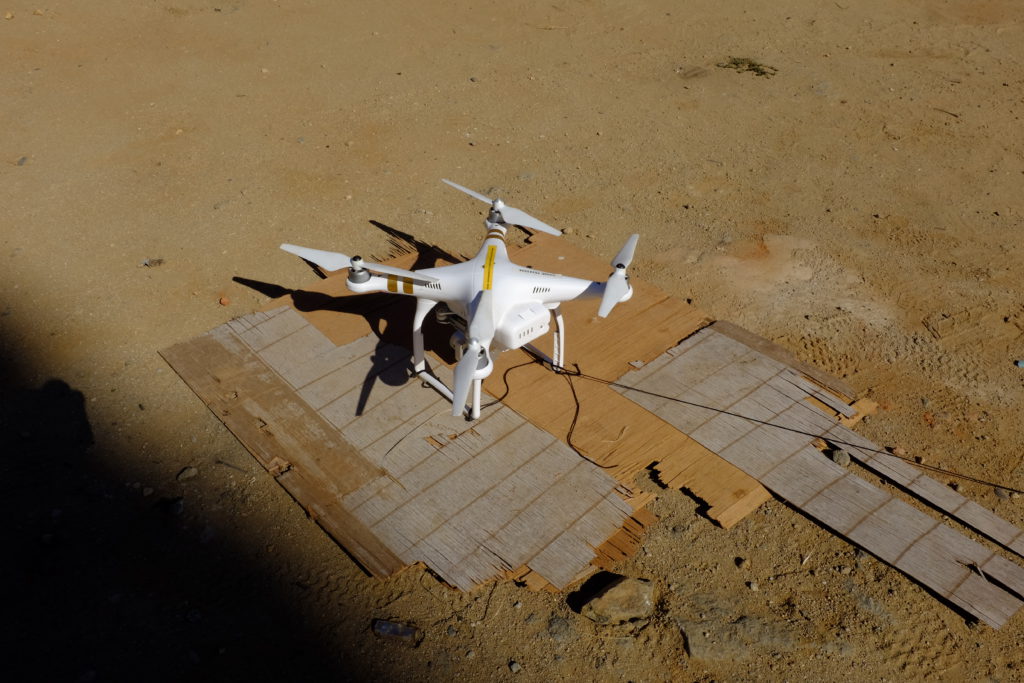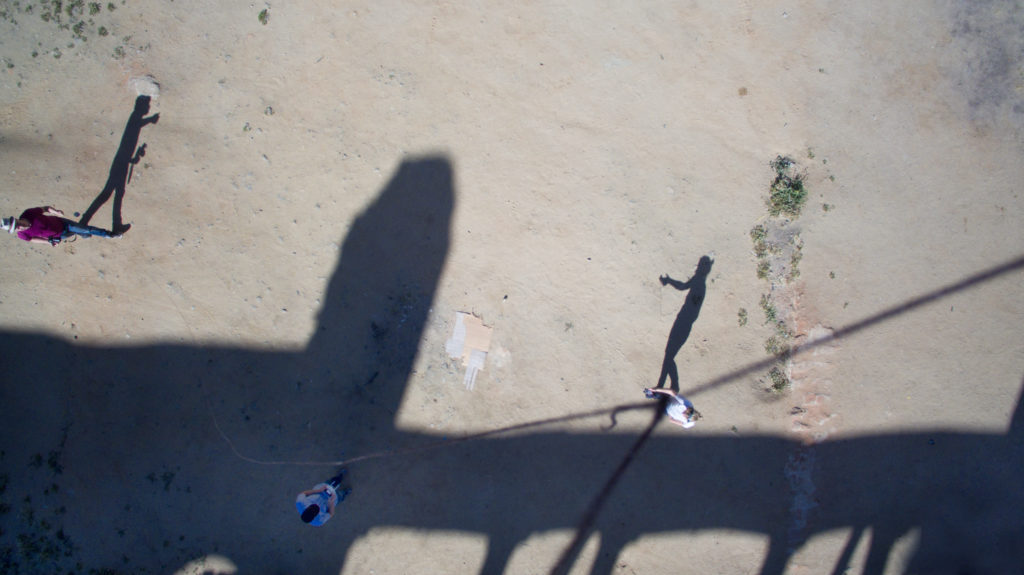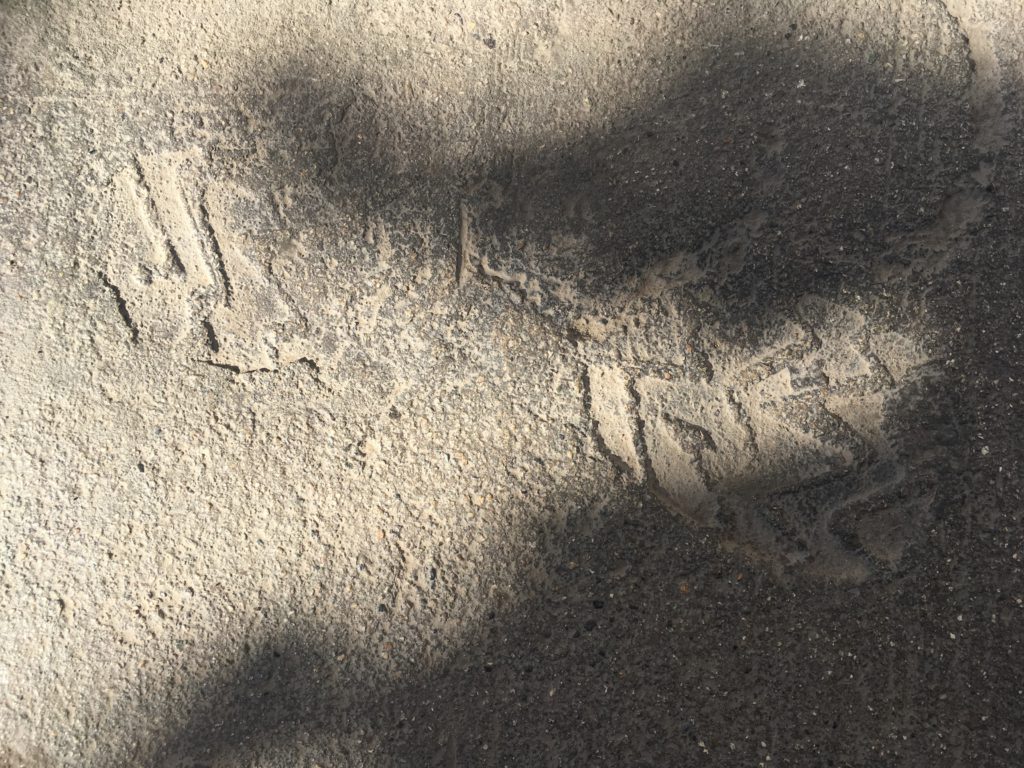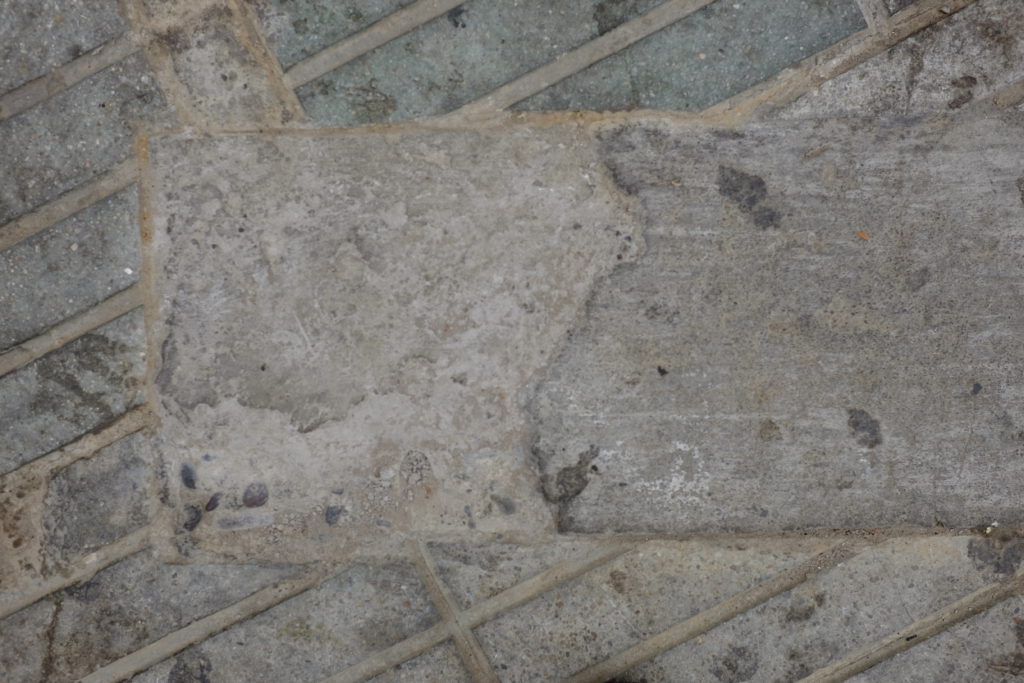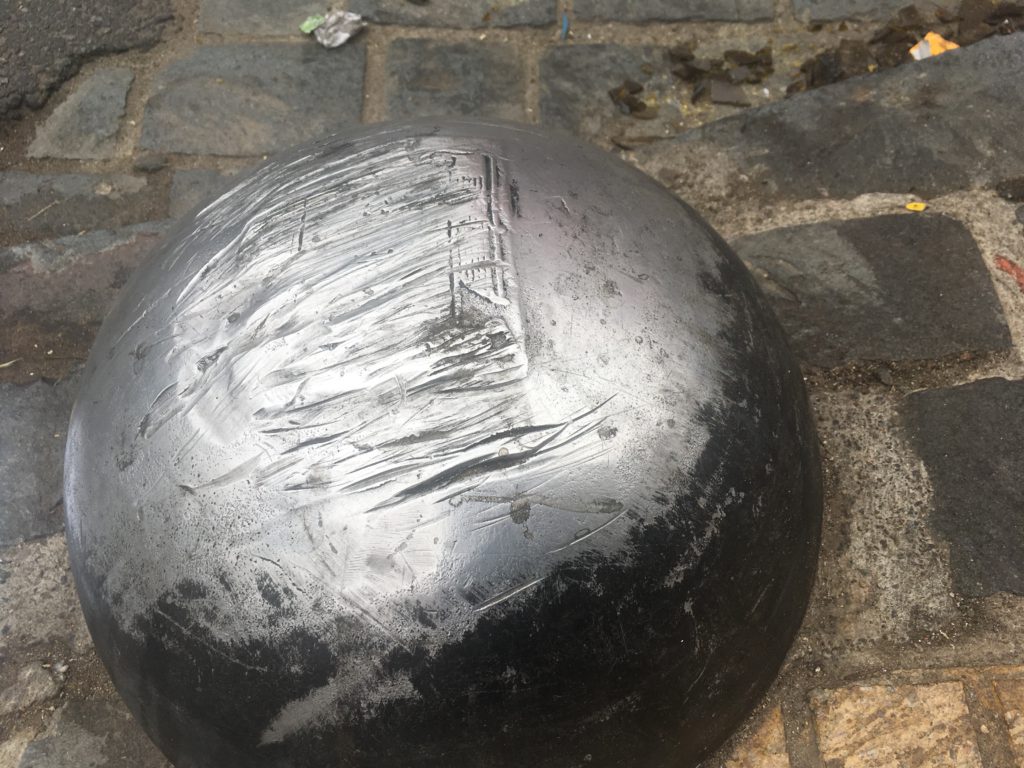quote source: Friedrich Kittler - The City Is a Medium, New Literary History 27 (4): 717–29. 1996.
Acts of Listening / Universidad de Playa Ancha
33°01’22.9″S 71°38’32.9″W
27.11.2017
3 loudspeakers, microphone, audio recorder
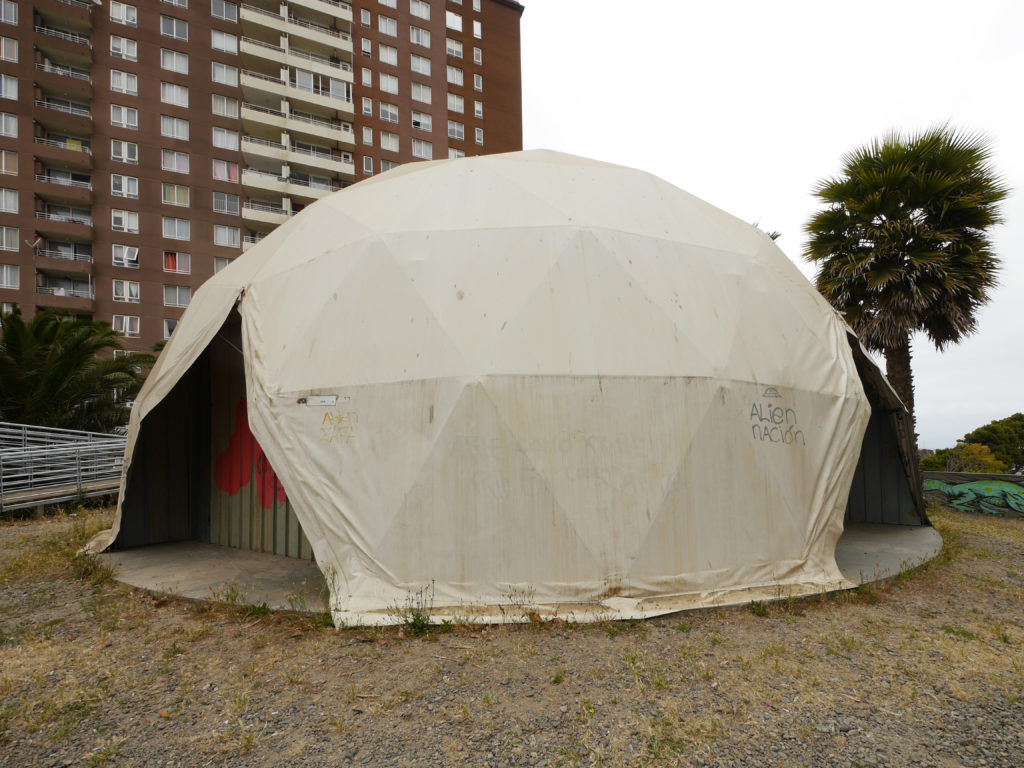
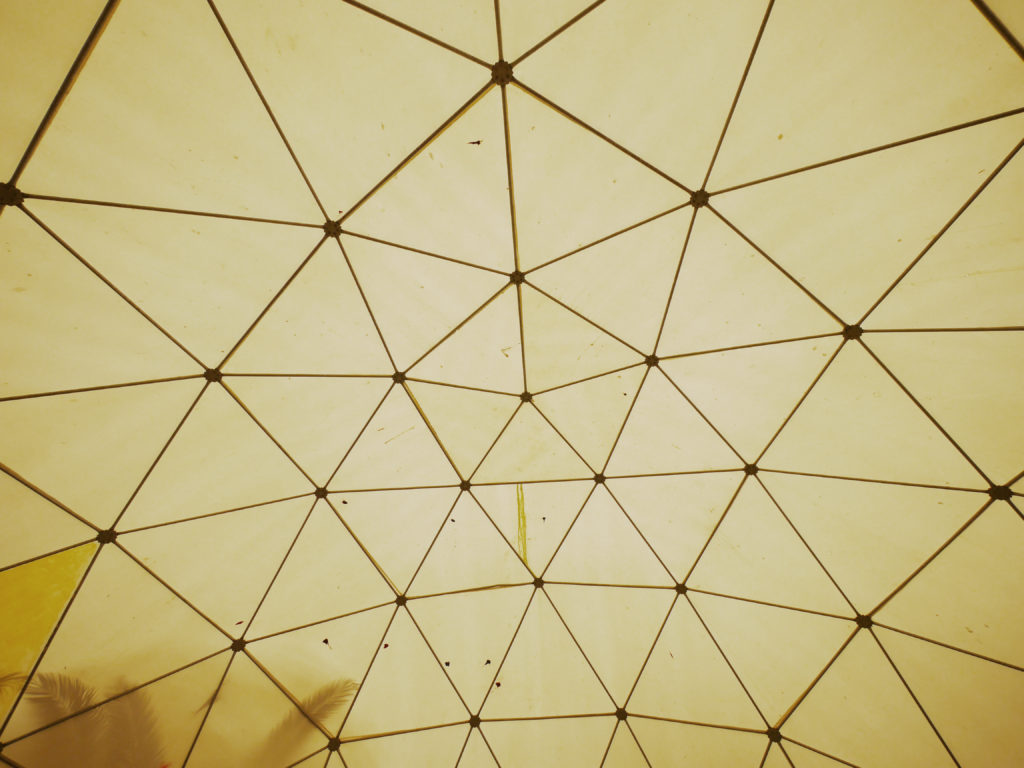
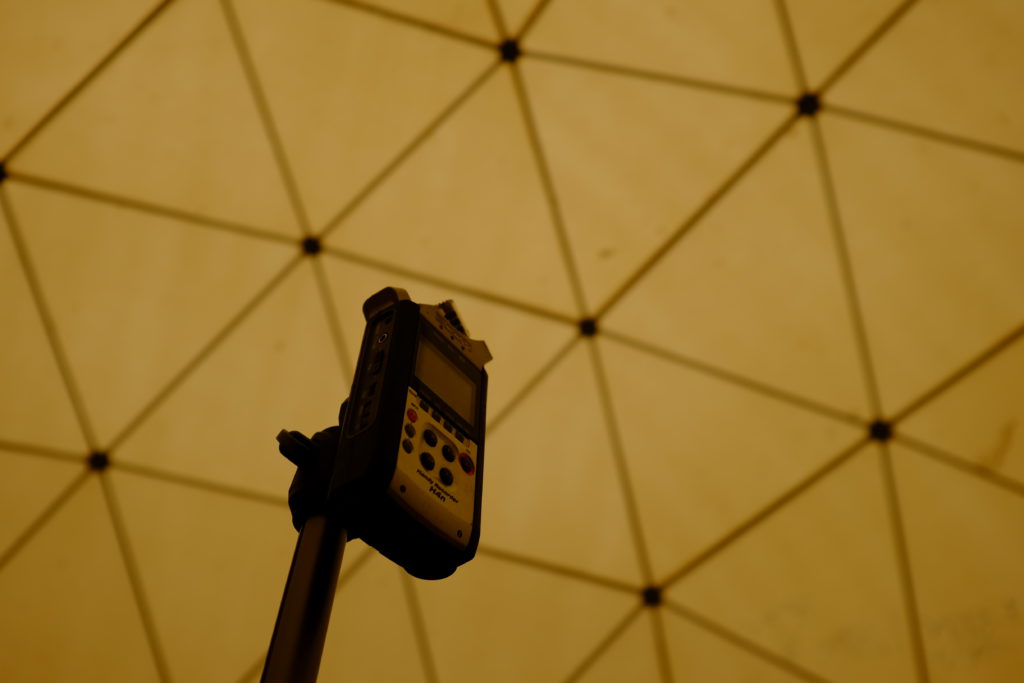
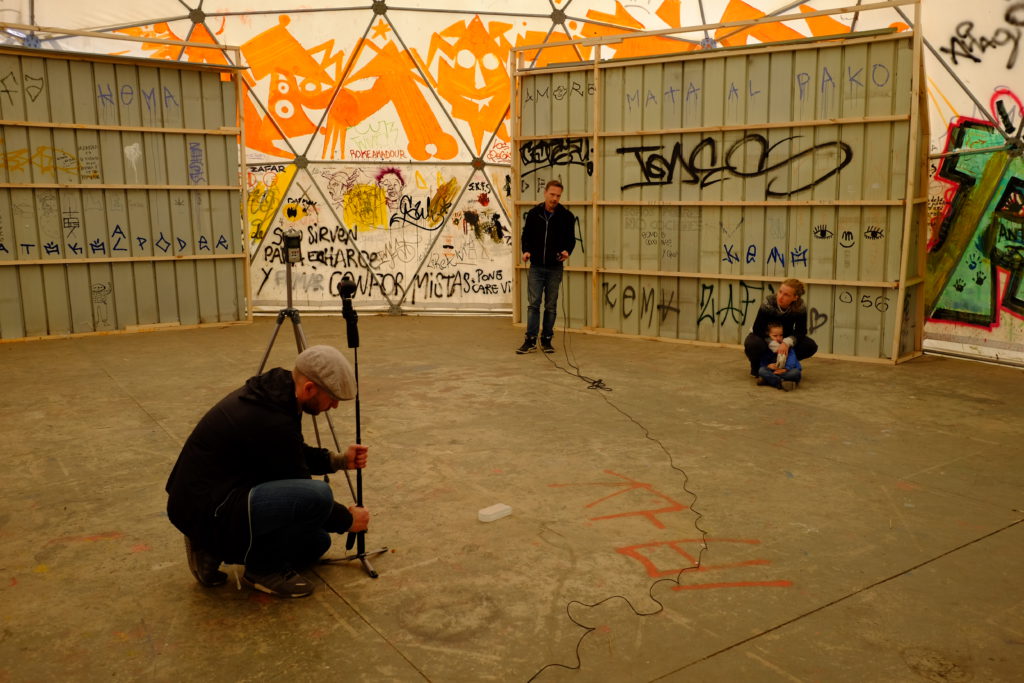

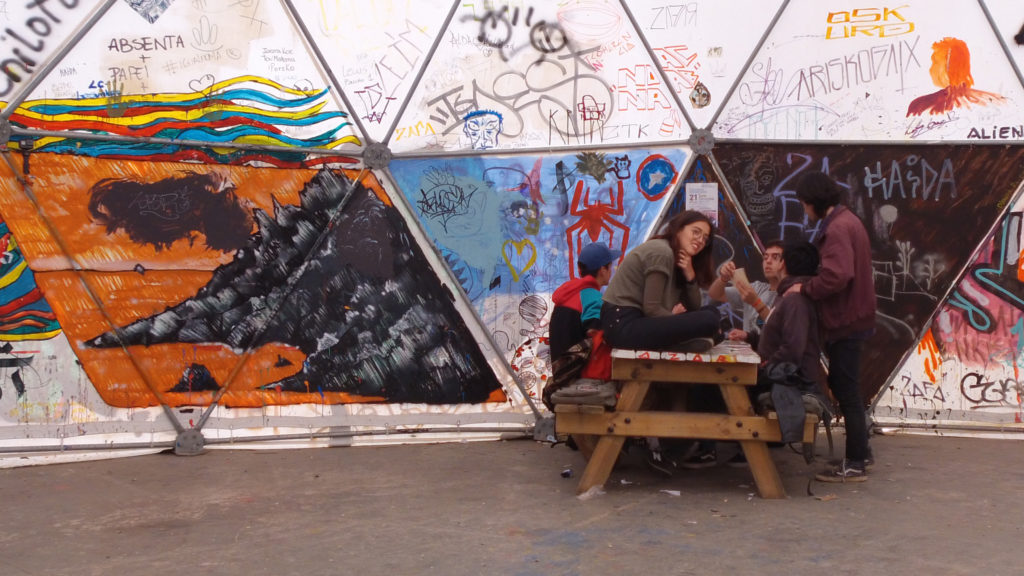
The listener is the operator. Composition, then, beyond the realm of music, calls into question the distinction between worker and consumer, between doing and destroying, a fundamental division of roles in all societies in which usage is defined by a code; to compose is to take pleasure in the instruments, the tools of communication, in use-time and exchange-time as lived and no longer as stockpiled.
quote source: Jacques Attali, Noise: The Political Economy of Music, University Of Minnesota Press, 1985
Acts of Listening / Av. Equador (down)
33°02’50.4″S 71°37’31.1″W
26.11.2017
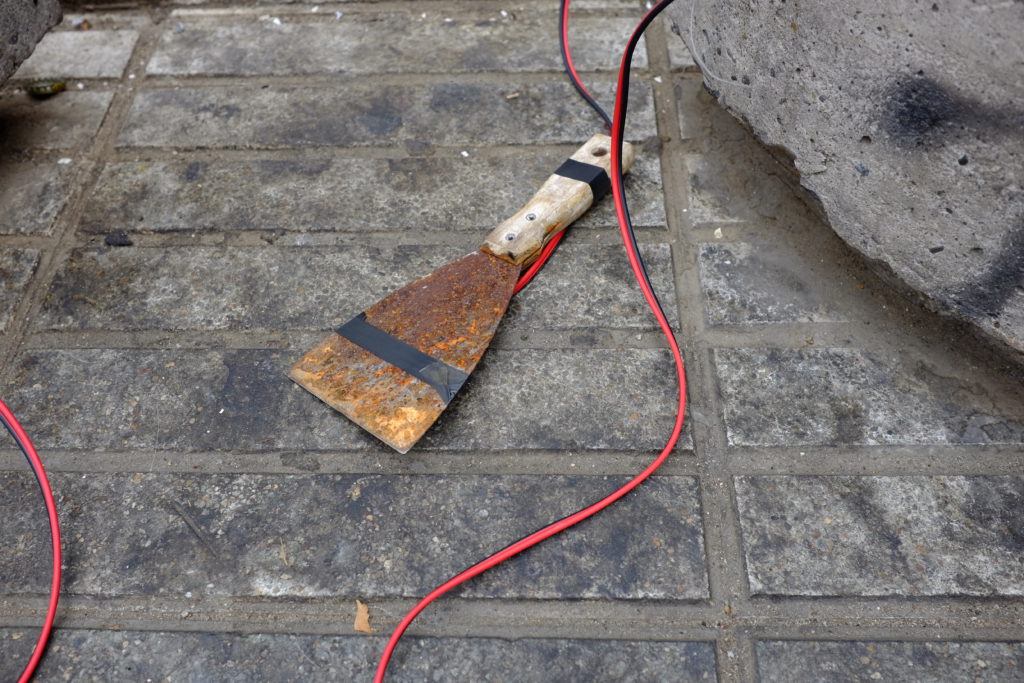



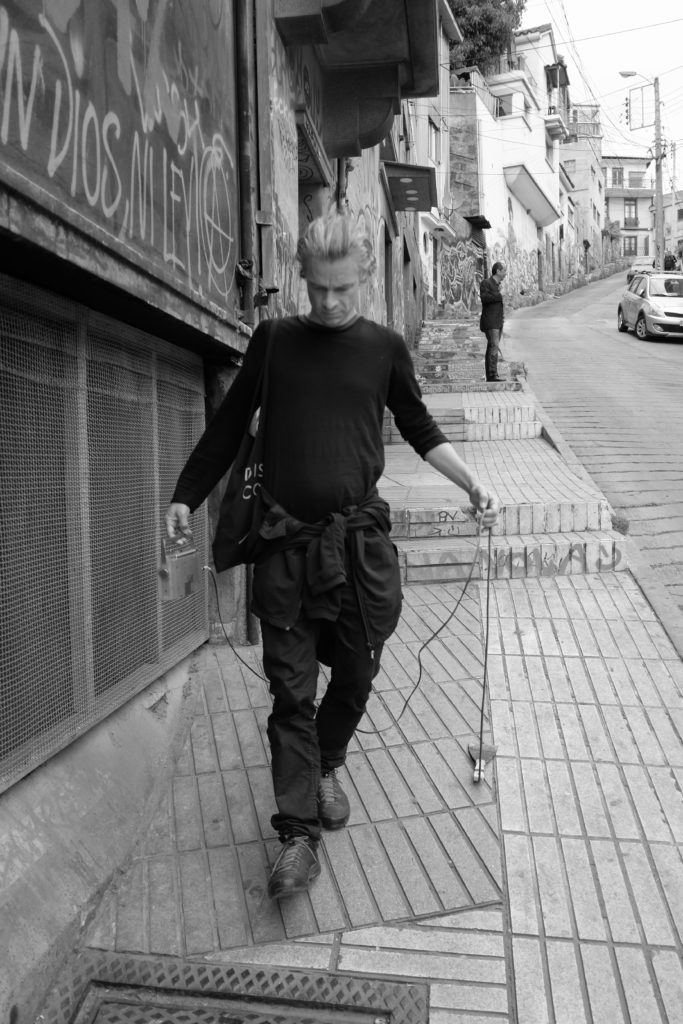

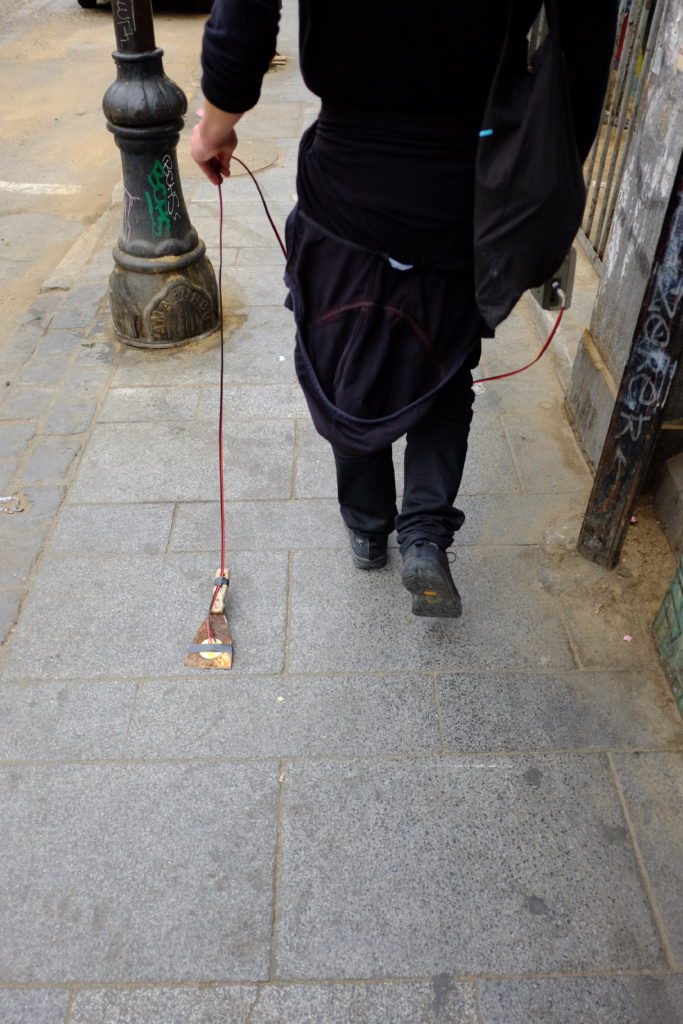
Acts of Listening / Av. Equador (up)
33°02’45.0″S 71°37’26.8″W
26.11.2017
2 clip microphones, 2 amplifiers
Acts of Listening / Ascensor Polanco
33°03’03.9″S 71°36’02.1″W
26.11.2017
shotgun microphone, amplifier, loudspeaker
251117 – walking
Acts of Listening / Palacio Subercaseaux
171124 – walking
The sound body, however, resists the property principle. Despite attempts of the market to harness and copyright sound, the sound body refuses to be owned. It inhabits but does not appropriate. It sounds and resounds but cannot be captured. It creates nests that disperse with the wind.
[…]
Can an unmarking of the sound body — that is, a public recognition of its social ubiquity — unweave the indexical threads that tie bodies to property and property to sacred and secular divisions of the same?
Kapcham, Deborah - body in: Keywords In Sound - Durham and London: Duke University Press. 2015
171124 – pavement
Think of pavement as a rough sound ribbon whose recording and playback mechanisms are shoes, hooves, wheels, canes, pelting rain, hail, and other falling objects. For each groove, rut, or pothole worn into the surface, the pavement returns a vibration peculiar to the shape and depth of the fissure and to the weight, pressure, pace, and contact-Contour of each footfall, hoof-beat, or Wheel-spin. In this sense, pavement is more sonically dynamic and temporally responsive than any gramophone or (as first conceived by Valdemar Poulsen during the 1895) magnetic recording Wire.
Hillel Schwartz - Making Noise - From Babel to the Big Bang and Beyond, MIT University Press, 2011
Acts of Listening / Conjunto Habitacional Quebrada Marquez
33°02’05.5″S 71°37’57.3″W
24.11.2017
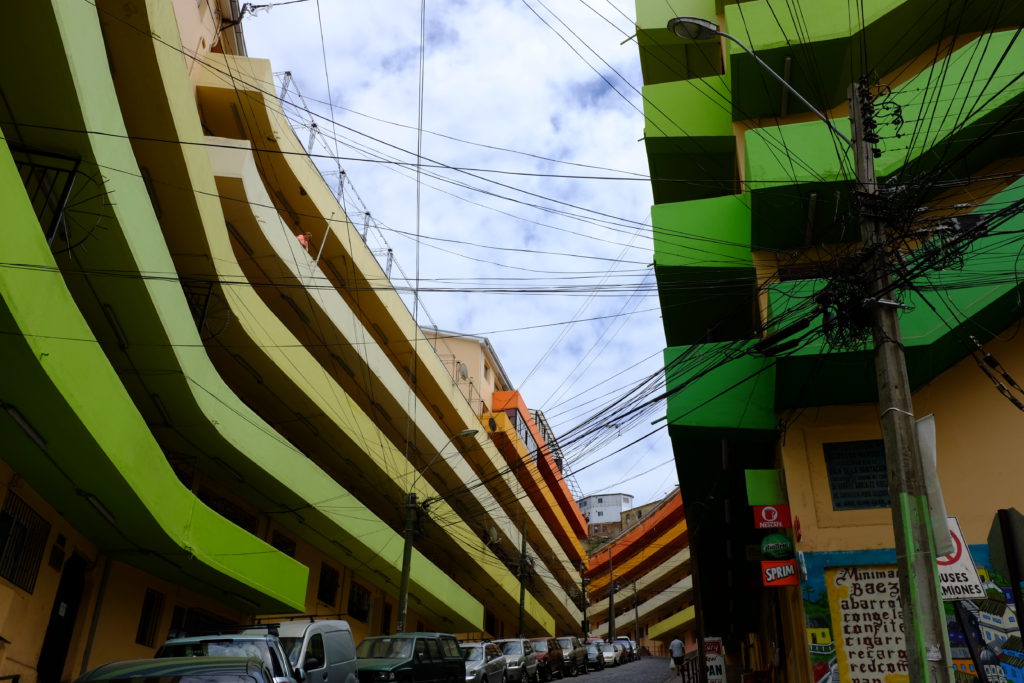

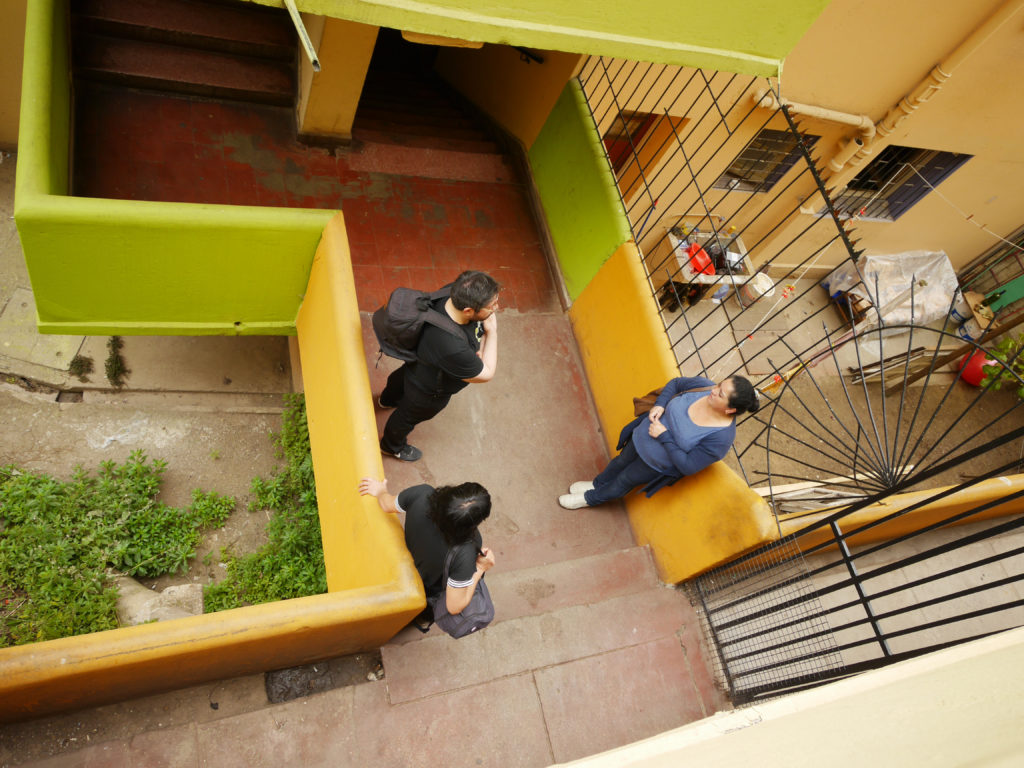
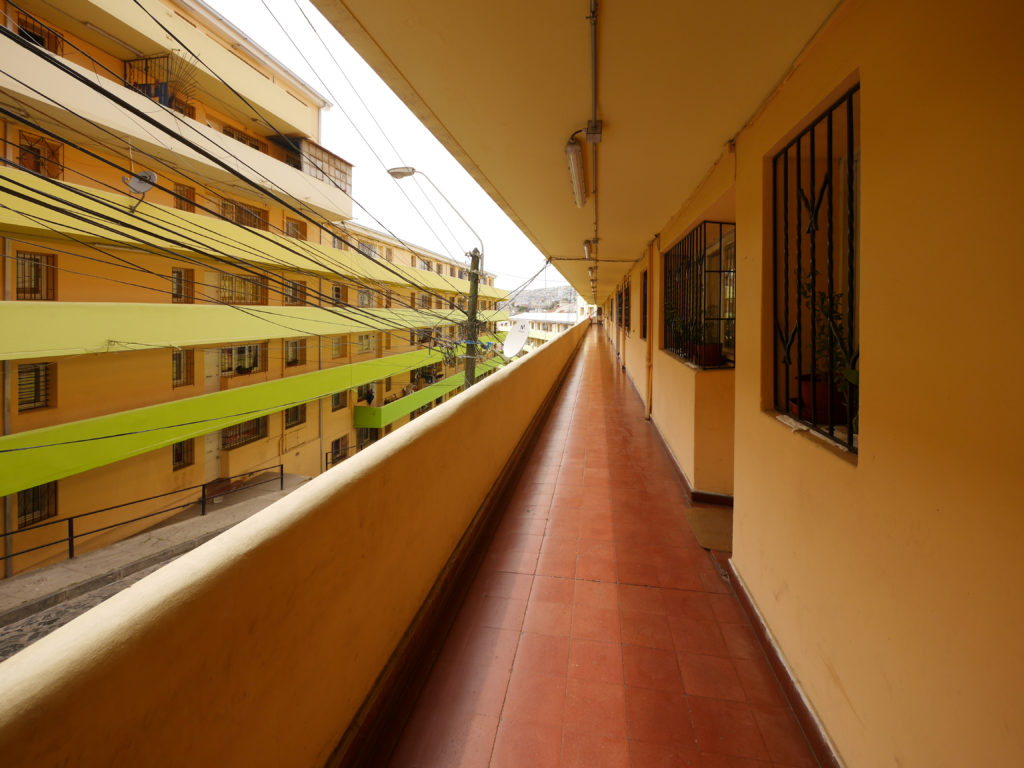
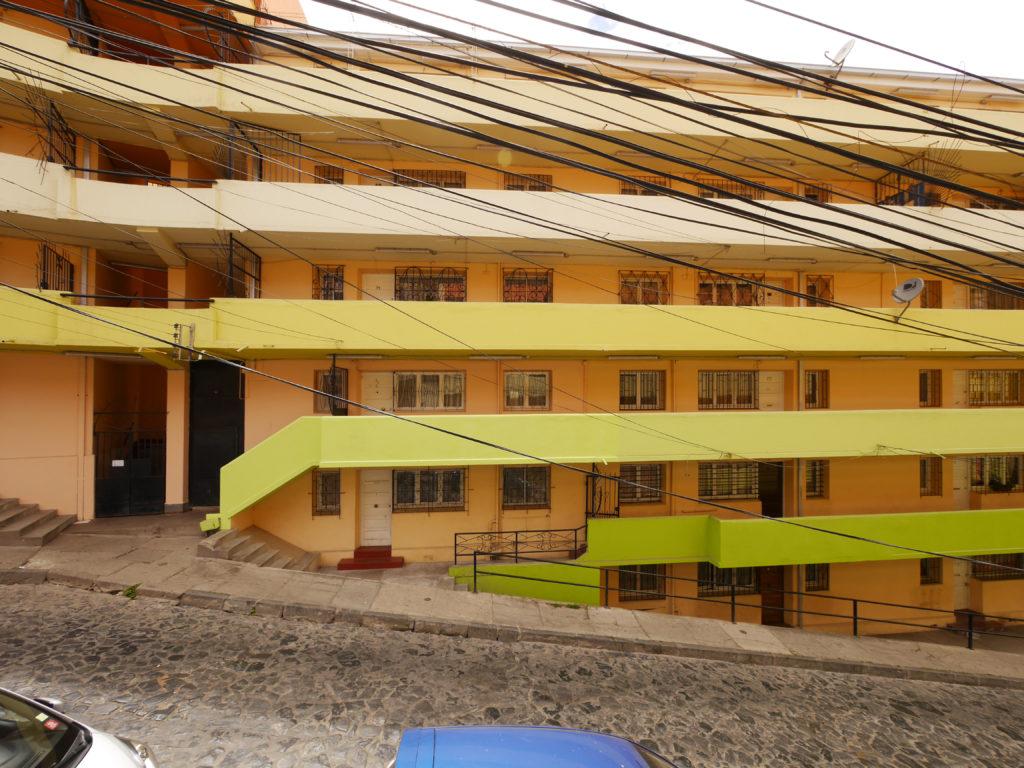

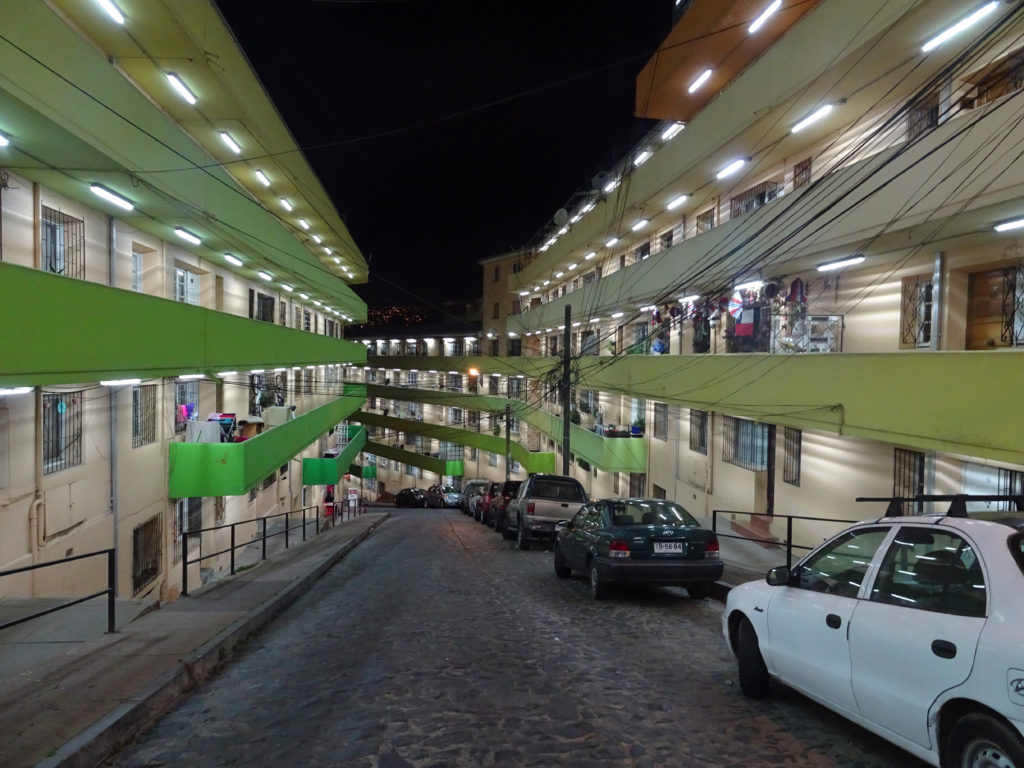
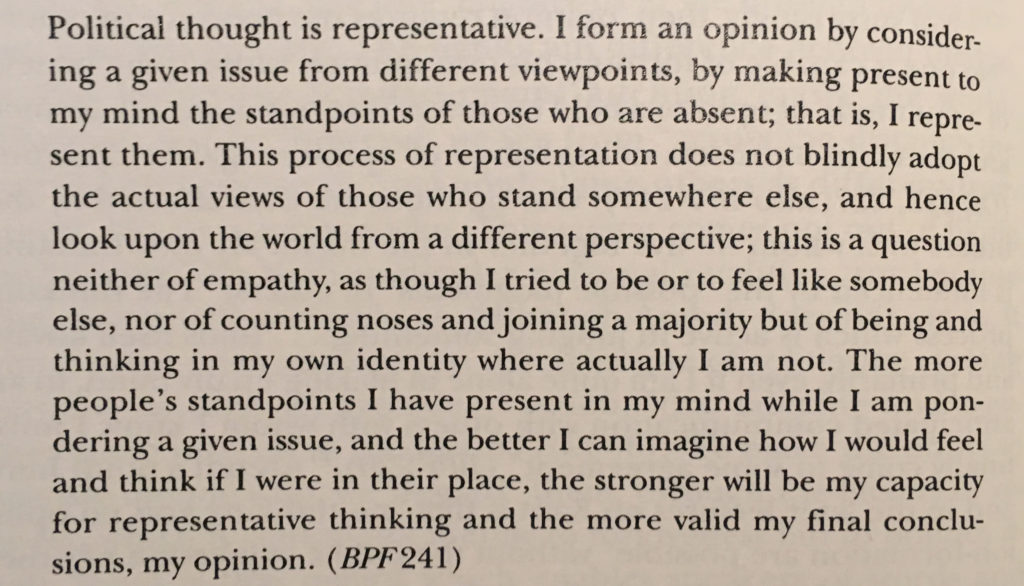
quote source: Susan Bickford - The Dissonance of Democracy: Listening, Conflict & Citizenship, Cornell University Press, 2000

